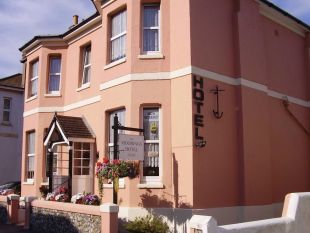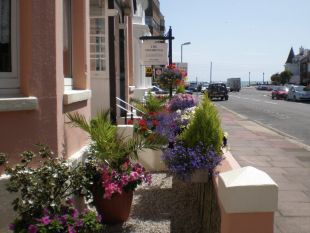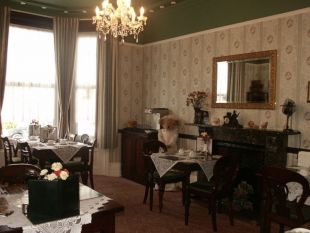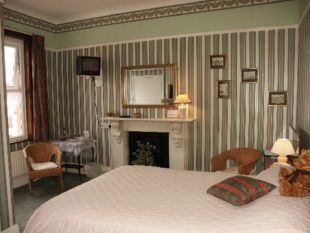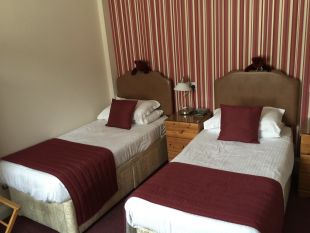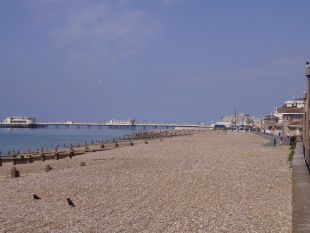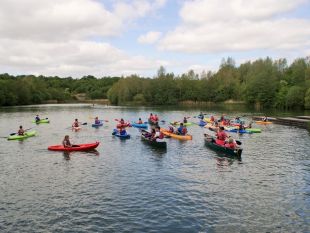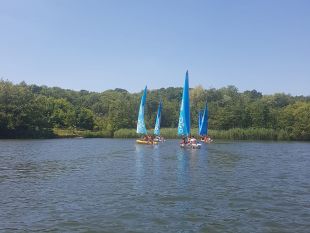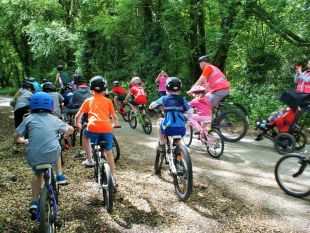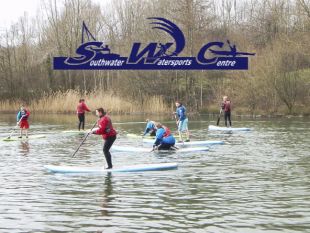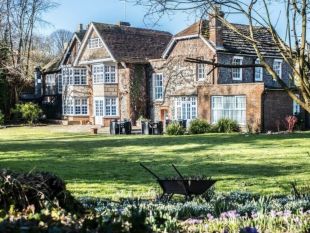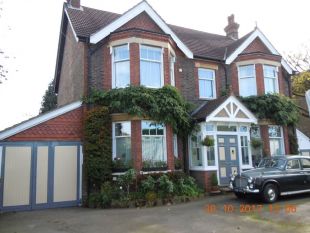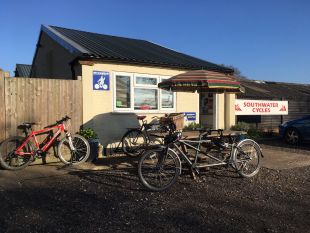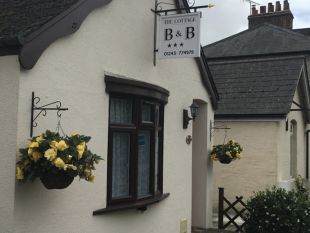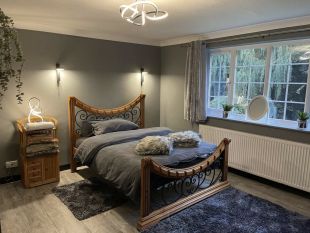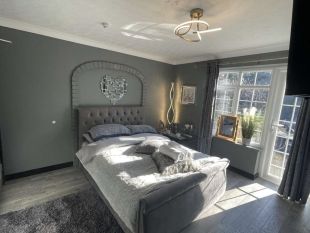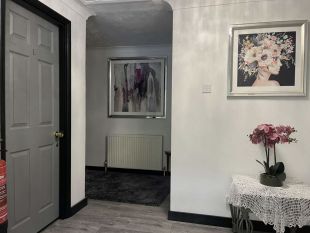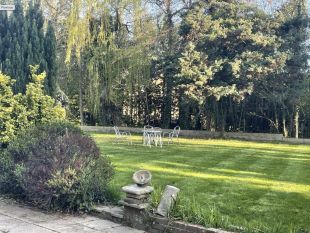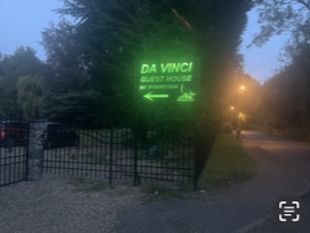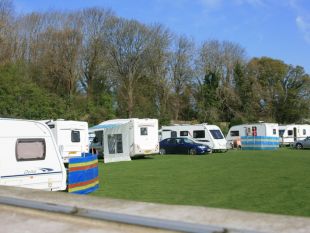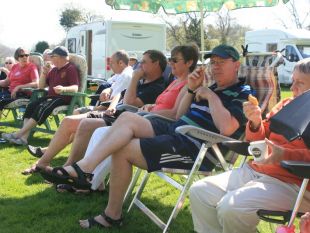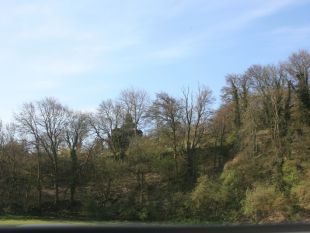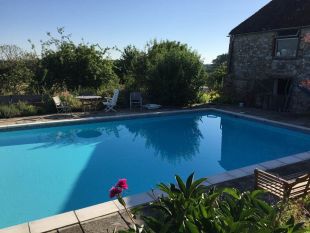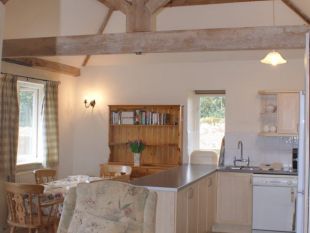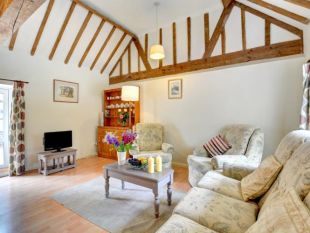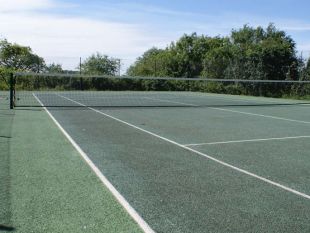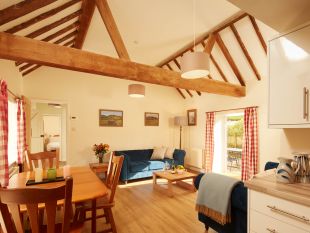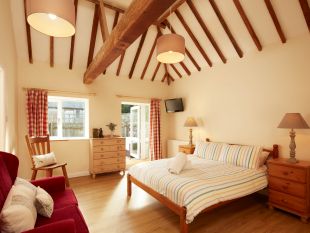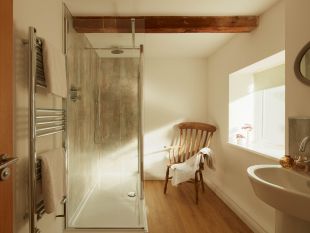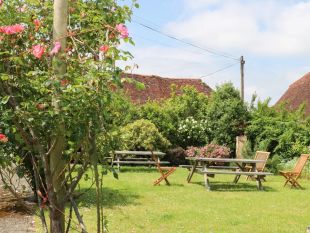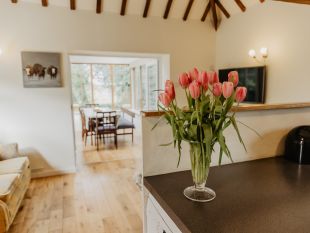West Sussex
Let us help you plan your ideal vacation in Sussex...
It may lie close to the clamour of London but this south coast region is a tourism jewel, having retained much of its rural character whilst offering a sublime combination of tranquil beauty and all-round interest.
Sussex is a place of traditional seaside resorts with piers and beach-huts, age-old castles, Roman relics, half-timbered villages and swathes of languorous countryside.
It's a paradise for walkers, cyclists, water-sport enthusiasts and fans of the world's most famous honey-loving bear, Winnie the Pooh.
While most tourists target the region's leading holiday towns such as Brighton, Eastbourne and Worthing, others prefer to take in the outstanding beauty of areas like the South Downs, the historic harbour at Chichester and the unique High Weald, which has the highest proportion of ancient woodlands in the country.
The most hair-raising spot is atop Beachy Head - part of the 'Seven Sisters' hills - where the view is guaranteed to take your breath away.
Sussex is divided into two distinct territories - East and West Sussex which, together with Brighton & Hove, are governed by separate local authorities.
Much of the region's modern success is can be put down to an 18th century doctor, Richard Russell, whose faith in the health-giving properties of sea-air and brine-bathing persuaded London socialites to travel to the small fishing village of Brightelmstone. The Prince Regent (later George IV) was so impressed he even built himself a grand villa here.
Once the railways had opened up the county, thousands of lesser mortals turned up to taste the benefits of the seaside. The village became Brighton, a king's villa became the eccentric Brighton Pavilion, and the sumptuous Sussex coast was transformed.
It was the Romans who first subdued native tribes when they invaded in the 1st century AD, building numerous villas and temples. A strategic Roman road ran from Chichester to London.
The Anglo Saxon Chronicles describe how the Saxons then conquered Sussex in 477 AD, landing at Selsey Bill between Chichester and Bognor Regis. Their leader, Aelle, founded the kingdom of the South Saxons; burial sites exist on the South Downs.
In 1066 the region famously hosted the Battle of Hastings when King Harold was defeated by the Norman William the Conqueror. It happened a few miles east of Hastings at what is now called 'Battle'.
Over the centuries Sussex has courted a variety of trades, from salt panning and glass making to weaving and sheep farming, but it was best known for fishing and the smelting and forging of local iron ore. England's first-ever cannon was produced at Buxted.
While this industry caused the destruction of vast forests, it had no effect on the building of castles. Three of the most important in Sussex - at Lewes, Bramber and Arundel - were designed to guard routes leading north from the coast. Arundel - seat of the Earls of Arundel - is arguably the most magnificent fortress in the region.
Pevensey Castle, built by the Romans, and Norman Hastings Castle are atmospheric ruins. The moated 14th century castle of Bodiam is the most romantic of its kind in Britain while Herstmonceux Castle, which dates to the 15th century, was one of the earliest brick buildings in England.
Petworth House stands in grounds laid out by 'Capability' Brown and was a popular haunt of the painter J.M.W.Turner. Goodwood Park contains glorious Goodwood House and the famous Goodwood racecourse.
A must-see is Ashdown Forest, the setting for A. A. Milne's tales of the world-famous bear Winnie the Pooh. Milne owned Cotchford Farm at Hartfield and wrote the children's stories for his son, Christopher Robin Milne. The forest inspired many of the scenes found in the Pooh books, ranging from 'Poohsticks Bridge' and 'Roo's Sandpit' to 'The Heffalump Trap' and the 'Hundred Acre Wood'.
Another writer, Rudyard Kipling, lived at Burwash, near Lewes. The French-born poet Hilaire Belloc lived in the eight-sided Shipley 'smock' mill, near Findon. The sculptor Eric Gill resided in the picturesque Downs village of Ditchling while the novelist Henry James lived at Lamb House in the elegant former port of Rye.
Major attractions in Sussex include Butlins at Bognor Regis and the 'theme' parks of Paradise Park at Newhaven and Harbour Park at Littlehampton, set out to look like a 'New England' fishing village. There are museums aplenty covering history, transport and the area's industrial heritage, not to mention steam railways and a host of remarkable gardens.
For military enthusiasts, the Eastbourne Redoubt was built in the early 19th century to support Martello Towers designed to thwart Napoleon. It is now home to the largest military museum in the south east.
Water is a major feature of Sussex which still has a number of working harbours. Places such as Chichester, Rye and Hastings are perfect for sailing and other water-based activities. Hastings (so-called 'birthplace of TV' thanks to experiments conducted here by John Logie Baird) still has ancient, tall wooden sheds used for drying fishing nets since the 16th century. Chichester - county town of West Sussex - boasts a 12th century cathedral and a harbour devoted to leisure boating.
Equally important is Lewes, the county town of East Sussex lying on the River Ouse. It possesses a rare Georgian elegance and is dominated by the keep of its 12th century hilltop castle.
Read More
